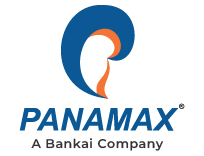Over 2.7 billion people in the world live on $2 or less a day. They manage to put food on the table, keep a roof over their heads, plan for medical emergencies, and even save for retirement – How do they do it? – Portfolios of the Poor deals with such ideas and families who make it possible. Penned by Stuart Rutherford, Jonathan Morduch, and Daryl Collins, the book well explains the condition of the poorest of the society.
As bizarre as it may sound sitting in an air conditioned environment, a $2 bill is helping a full family survive through the day. This section of the society has seen it all, been a receiver of several aids and grants but still struggles with putting two square meals on their tables. Considering such frugality of lives, the concept of micro finance was born. As the name suggests, it involves providing small credits to people from lower income groups. The concept was pioneered by Muhammad Yunus, who set up the Grameen Bank in the locales of Bangladesh in 1970s on the principles of trust and solidarity. These essentially are the pillars of the entire microfinance industry.
According to the World Bank, the microfinance industry is currently estimated at $60 to $100 billion, with 200 million clients. While big enterprises are offering traditional loans, microcredit are becoming more popular than ever. Initially, the concept of microfinance was prominent amongst the MFIs, however banks with their ready infrastructure and customer outreach have a stronger chance of survival in this market.
- Three billion people in the world do not have access to formal financial services delivering savings, loans, insurance, and remittances today.
- 80% of the world population has no access to loans, while more than 5 million people have capability to do income-generating activities starting with small loans.
- More than 80 million people have benefited from services provided by more than 10 thousand MFIs.
- The annual total of funds for microfinance activities has risen to USD 1 billion.
Let’s have a look at the primary benefits that microcredit has served:
1. Financial Inclusion
With its target as the lower income group and small businesses, microfinance is primarily helping weave the society into one by including every section into the main strata. Kenya for instance, which boasts 24 large MFIs providing US $1.5 billion to approximately 1.5 million active borrowers.
2. Easier Loan Repayment
The loan repayment schedule for microfinance is usually lower and easier, therefore facilitating the borrower to repay conveniently.
3. Encourages Saving
The target groups of the microloans are usually focused upon catering to the present household needs and tend to spend the entire earning on sustenance. The concept of microloans stresses upon savings that ultimately facilitates the lender to save more, repay the loan and lead a more balanced lifestyle.
4. Creating Opportunities
Microfinance has been helping create much more small business owners in developing countries than the regular loans, hence generating several employment opportunities. With more people able to work and earn an income, the rest of the local economy also benefits because there are more revenues available to move through local businesses and service providers.
5. Possibilities of Future Investments
Poverty gives birth to several linked issues. Lack of money gives rise to lack off food, water, sanitation and basic livelihood measures that prevents individual to get into a regular working environment. Microfinance helps improve these conditions by circulating money into the market which lets families avail better livelihood conditions and creates further investments.
The Future Ahead
After the policy changes across the world financing facilities are becoming available on smartphones apart from being agent-driven. The concept of microfinance appeals to the lower earning groups primarily and hence agent-type facility is more dominant owing to the limited technical knowledge of this group. The need of the hour therefore is easily marketable products that are easy to understand for the agents spread across different geographies and further communicated to the customers.
Read Also
Mobile Financial Services: The Convergence of Telecoms and Banks
Why is Agency Banking the Silver Bullet for Financial Inclusion?
Mobile operators, small financial institutions, mobile money operators and agent-managed networks are invading the microfinance sectors replacing traditional FIs and banks. This is only possible due to the numerous technological innovations making financial services more affordable and accessible to the poor. Providing solar lamps, creating bank accounts, eKYCs, government subsidies and several such use cases are being managed currently and more of these will be catered to. Additionally, due to widespread technical intervention the regulations are expected to lay out more stringent laws for customer data protection generating a transparent financial experience.
Panamax’s Microfinance solution automates the process of financial services like loans, savings etc. at small scale to individuals or groups with little or no income. The solution is capable of supporting the integration of third party content and is equipped with APIs and development tools for deploying multiple value added services and to offer customers competitive benefits. The Microfinance solution fine-tunes and adjusts existing processes and workflows as required. It is built to adapt to the changing business needs and can incorporate new products and business models easily. Panamax’s Mobile Financial Services have helped service providers, resellers and content providers around the world to evolve communications and finance solutions through technology innovations.


















